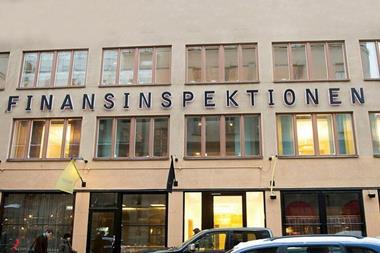Latvia is the poorest of the Baltic states and, on some measures, has made less progress in tackling corruption. However, it was the fastest-growing EU economy last year and it’s successful EU accession, accompanied by far-reaching reforms, has resulted in a more business-friendly environment that is attracting more occupier and investor interest. Riga is the country’s business and financial hub and dominates the property market. The capital accounts for 50% of retail sales, for example, leaving a wide gap between the capital and secondary cities. Property is high-yielding compared with central Europe, but yields are expected to harden as international investor interest picks up and the risk premium falls.
Retail
The retail sector has been the focus of development and international interest and has enjoyed a recent boom, with sales volumes rising 21.3% in 2005. High-profile retailers tend to target central high streets, with activity concentrated on Krasta and the increasingly popular Ulmania, Leilibres and Jurmala. However, limited supply means that shopping centres are attracting more interest.
The number of shopping centres has been gradually increasing, with floorspace now totalling just over 289,00m2. All existing modern schemes are located in Riga, as are the three new schemes expected to be completed this year. Most centres are owned and anchored by the large hypermarket groups that dominate the food market. New supply led to an easing in high street rents last year but rents in the best shopping centres remained stable. Rents in some areas might soften as more floorspace is delivered but yield compression is expected as investor interest grows.
Offices
The Latvian office market is centred around Riga. Demand for quality space is high and continues to rise, magnifying the supply-demand imbalance. Class A vacancy rates stand at 6-8% and any space that is delivered tends to be quickly secured by pre-lets. As a result of this lack of space in the city centre, as well as limited car access, some occupiers are looking at schemes on the city outskirts which typically boast better car parking provision.
The investment market is increasingly competitive due to a lack of product and growing demand. Prime yields are down to 10% and are expected to compress further in the short term.
Occupiers are a further source of competition for investors, with a trend for some to buy either off-plan or develop for their own use. However the high cost of prime buildings in core locations is expected to ensure that renting rather than ownership becomes the preferred route for most occupiers in
the future.
Industrial
Although the industrial sector is still in its infancy, demand is rising, mainly for medium-size, high-class space. Manufacturing is the focus of interest, but the logistics sector is emerging and could well drive the market in the near future. Indeed, with signs of rental growth ahead, there is a trend towards developing more modern logistics centres, although developers continue to seek pre-lets before starting construction. With central areas of Riga offering limited availability apart from redevelopment opportunities, non-central areas with good access are rising in prominence.
Investor interest is increasing but activity is limited by the lack of modern product and the reluctance of owners of quality schemes to sell. However, while prime yields are still in double digits (13%), they are expected to decline as demand from local and foreign investors increases. This should bring more stock onto the market.
Darren Yates, Joanna Tano, Darren Mansfield and Claudia Visini of Cushman & Wakefield












No comments yet